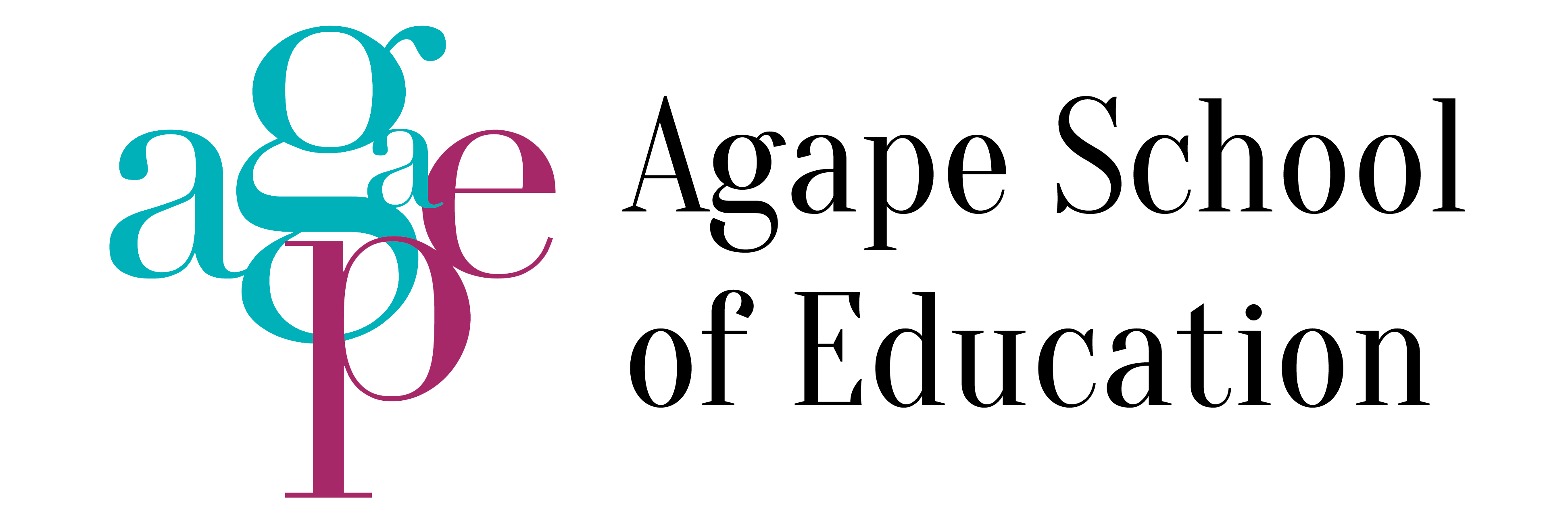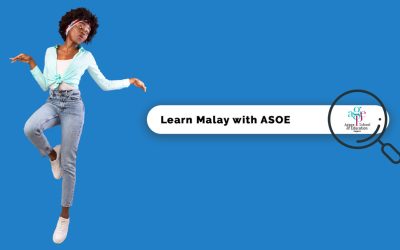In the past few decades there has been a surge in bilingualism. Accompanied with research into the effects of acquisition of a second language. These processes and acquisition has been investigated through linguistic, psycholinguistic, and neurolinguistic perspectives.
How does this affect me?
Through the years, we have been exposed to non-native languages. And due to this, we have been compelled to learn new languages which are not part of our native tongue.
The speed in which an individual picks up a new language is based on their environment. This is by all means logical.
In the coming series of articles, we will delve into the means of achieving a natural environment to learn languages. This is to enhance the speed in which you pick up a new language. As well as to review myths in learning new languages.
Myth #1 – Does immersion help?
We have been informed that immersion is the best way to achieve natural language learning. Is this true?
“Must we travel to France to learn french?”
Various studies have been made (Dussias and Piñar, 2009, Dussias and Sagarra, 2007, Bialystok et al., 2012) focusing on the effects and experiences of learners and their environments.
Throughout these studies, it is understood that a natural environment can be achieved in the classroom. Or through a specific grouping where a native speaker is present.
In terms of lexical recognition, in two behavioral experiments, Casaponsa et al. (2014) demonstrated that immersed balanced and unbalanced Spanish-Basque bilinguals were equally efficient in recognizing L2-specific bigrams, suggesting that bilingual immersion can lead to native-like orthographic processing; however, these effects were modulated by the participants’ (L2) proficiency.
Myth #2 – Dive into the language!

We have often heard that you would need to dive into the language without translation or instruction to pick-up a new language quick.
We have examined this through 2 studies that have been made via language immersion and naturalistic learning
Language immersion is defined as a technique used in bilingual language education in which two languages are used for instruction in a variety of topics, including math, science, or social studies.
The effects of naturalistic vocabulary learning in which two languages were used for instruction were examined in two studies by Dahl and Vulchanova (2014) and by Vulchanova et al. (2015).
Dahl and Vulchanova examined whether providing naturalistic exposure within a standard school curriculum influences comprehension of vocabulary in two groups of 6-year-old Norwegian-speaking children.
After 8 months of exposure, the group that received naturalistic input to English outside the classroom setting but within the school context outperformed on vocabulary learning the group that was only exposed to English within the classroom setting.
This suggests that increased exposure through naturalistic learning can lead to a significant increase in receptive vocabulary at this young age even after a short period.
Learn with us!
At Agape School of Education, we understand that learning a new language can be difficult. We are here to help! Through our experienced educators we ensure that you learn the language you have chosen with ease.
Find a language you’re keen on learning through our Courses and begin your language learning experience with us. Invest in your SkillsFuture credit with us!
References
Dussias, P. E., and Piñar, P. (2009). “Sentence Parsing in L2 Learners: Linguistic and Experience-based Factors,” in The New Handbook of Second Language Acquisition, eds W. C. Ritchie and T. K. Bathia (Bingley: Emerald Group Publishing), 295–318.
Dussias, P. E., and Sagarra, N. (2007). The effect of exposure on syntactic parsing in Spanish–English bilinguals. Biling. Lang. Cogn. 10, 101–116. doi: 10.1017/S1366728906002847
Casaponsa, A., Carreiras, M., and Duñabeitia, J. A. (2014). Discriminating languages in bilingual contexts: the impact of orthographic markedness. Front. Psychol. 5:424. doi: 10.3389/fpsyg.2014.00424
Dahl, A., and Vulchanova, M. D. (2014). Naturalistic acquisition in an early language classroom. Front. Psychol. 5:329. doi: 10.3389/fpsyg.2014.00329



0 Comments